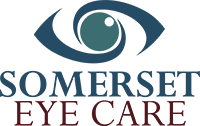Myopia Management in North Brunswick, NJ
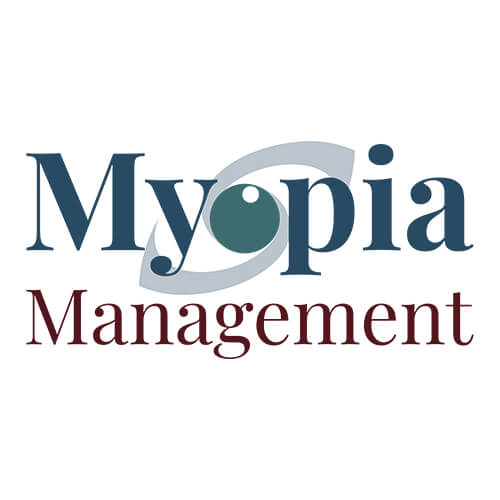
Glasses May Not Be Best for Your Child’s Nearsightedness
Glasses and other types of eyewear may be great for temporarily correcting myopic vision, but they won’t fix the underlying issue that causes myopia, which can lead to complications for your child now and in the future. As your child’s myopia progresses, not only will they need to regularly get new pairs of glasses with progressively higher prescription, but it also puts them at greater risk of eye disease. Complications from myopia can hinder your child’s development, too — impacting their academics, athletics, and social development — but Somerset Eye Care’s myopia management program can give your child the eyesight they need to succeed while slowing the progression of their condition!
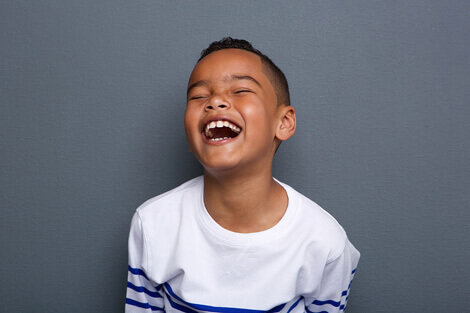
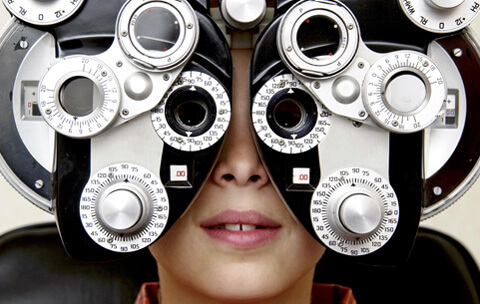
Our Myopia Treatment Helps Your Child Now & Later!
Myopia management is a customizable solution to nearsightedness that both corrects your child’s vision now, when they need it, while also slowing or even halting its overall progression over the course of their lifetime. This means that we can improve your child’s day-to-day eyesight and you can rest easier knowing their vision is as clear as possible and their health is protected. We’re proud to offer a range of solutions that we’ll personalize to your child’s unique condition to give them an even greater chance for success.
Personalized Myopia Management Plans
We tailor your child’s care to their unique needs and are dedicated to finding child-friendly myopia management solutions for every family. Our myopia eye doctors are great with kids and adapt each plan to their age, vision needs, and hobbies. We have a range of options for customized myopia treatment that our myopia doctors will discuss during your child’s consultation.
We Start with Parent Education
We want to make sure you know exactly what is happening with your child’s eyes and why our myopia management programs will help them see more clearly. We’ll walk you through each step and happily answer all of your questions — we’re your community myopia eye doctors and we’re here to help!
Orthokeratology (Ortho-K) Overnight Lenses

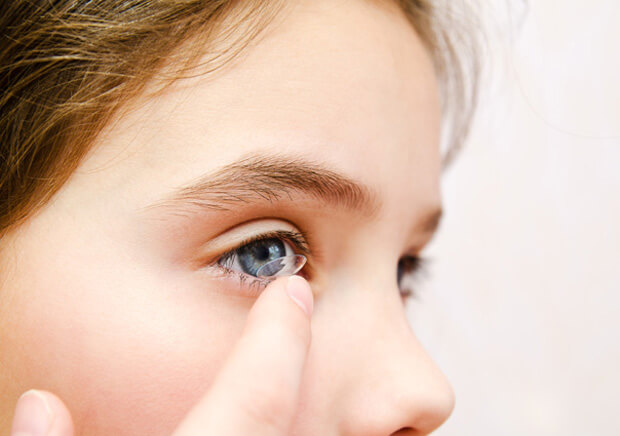
Daily Multifocal Lenses
Compounded Atropine Eye Drops
Our myopia eye doctors also frequently prescribe compounded atropine eye drops, often in addition to other myopia treatments. These drops can help slow myopia’s progression and keep your child’s vision crystal clear!
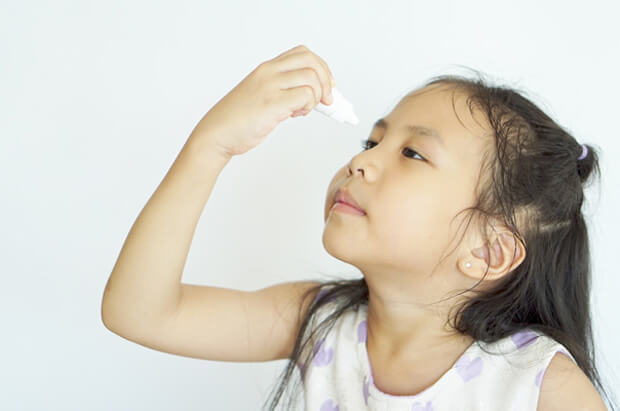
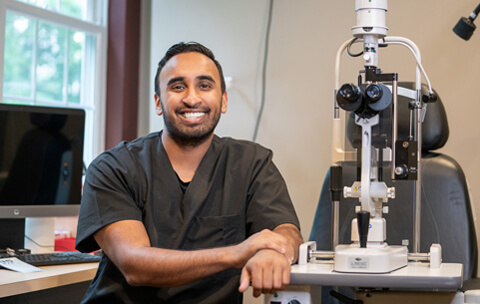
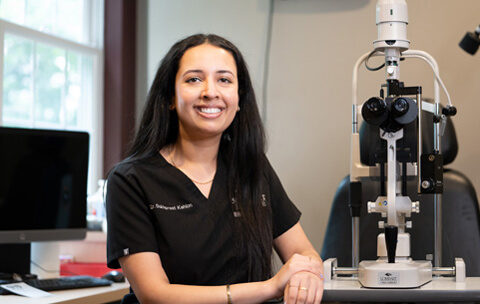
Our Myopia Management Doctors
Led by Tobin Ansel, O.D., M.S., F.A.A.O., and Sukhpreet Kahlon, O.D., our myopia management eye doctors are dedicated to finding the right solution for your child’s specific case of myopia. Dr. Kahlon and Dr. Ansel have years of experience helping patients manage the condition and will personalize a myopia management plan that’s as unique as your child. They understand how important clear vision is for healthy development and will care for your child as if they were one of their own while working to slow or halt their condition’s progression.
Why Choose Somerset Eye Care for Your Child’s
Myopia Management?
As your neighborhood eye care team, Somerset Eye Care is committed to helping the children of North Brunswick and the surrounding communities, including Monmouth Junction, Kendall Park, Franklin Park, and South Brunswick see better though myopia management. We’re proud to provide patients and their children with a full suite of myopia treatment options that we can personalize for their own specific needs. You can trust our local myopia eye doctors and compassionate support team to treat your child like one of their own using advanced technology that lets them identify the best approach for their myopia. Schedule a myopia management consultation today and find out how we can help improve your child’s vision and set them up for a lifetime of healthy eyes!
